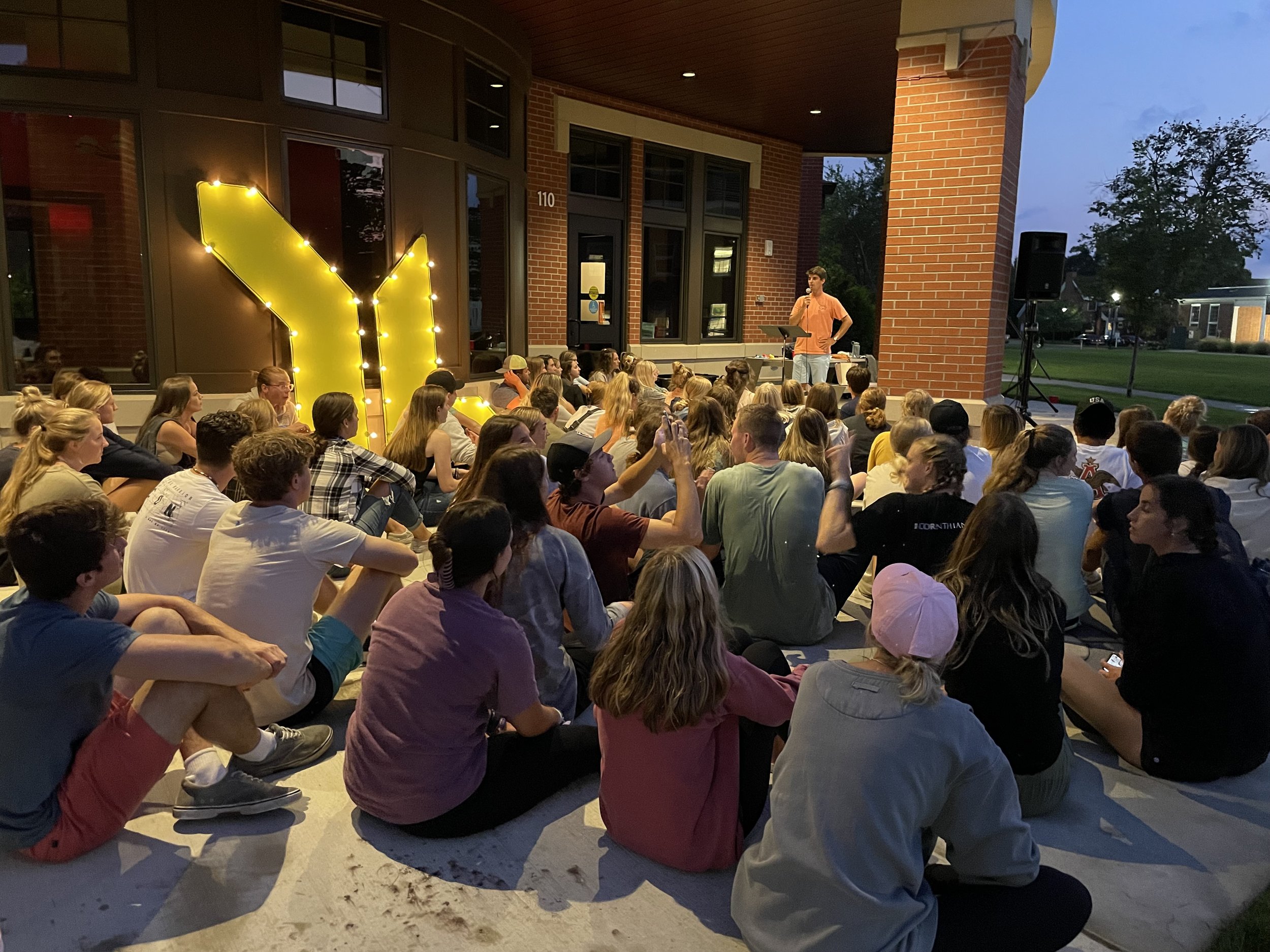
Training: How do they do it?
New Leader Training
The WHO of Training
Though most assume new leader training programs to be staff led, our interviews revealed that many of our best areas had key leaders and/or volunteer leaders running leadership training programs and partnering in this with the staff. These were people who had been in the ministry for years and love the work.
The WHAT of Training
The trainers: set, communicate, and maintain: expectations, expectations, and expectations for leaders! Other key volunteers and team leaders can lead and teach the on the job training that will follow an initial new leader training course. One area director said, “Veteran leaders are used to teach, train, set area vision. These folks are the constant! Team leaders model and lead clubs”. Many areas use “faith and fellowship groups” for college freshmen-aged potential leaders. This is done over 3 – 6 month period and assists them in the transition from high school to work or college life. It precedes the new leader training program.
The WHY of Training
Great ministries with volunteer leader driven ministries are looking for people who are “called” to the ministry and being willing to take on ownership for the ministry is critical to direct ministry. Surprisingly, the Oxford Study found that volunteer led ministries reach as many kids as staff led ministries. A “calling” to ministry can have two significant distinctions: (1) calling of laity: direct ministry with adolescents (Leader), and (2)calling of vocation: directing ministry to adolescents (paid leader or “staff”).
The HOW of Training
All but one ministry used “shadowing and one-to-one’s” as a primary training vehicle after or during the new leader training course. New volunteers received “hands-on coaching” for ministry from an excellent leader. This could be done by a volunteer leader or staff.
Ministries set “high expectations” for volunteers that were “clear, specific, and rigorously followed.”
One model for training is to have separate new leader training sessions each year for different types of potential leaders, for example, (1) a semester long training for college leaders, (2) a 3-week spring intensive for career-aged leaders, and (3) a summer intensive for those who have been “student leaders” within the area and will be staying in the area after graduating from high school.
In the Volunteer Leadership Development Project we name two key pieces to have in the development plan:
A New Leader Training Course (a specific outline and details)
A year-long plan for training potential new leaders (for example, a plan for college students, older adults, and/or graduating student leaders who are staying in the area after high school graduation: when, where, how long). Remembering to have different types of new leader training for different types of potential leaders.

